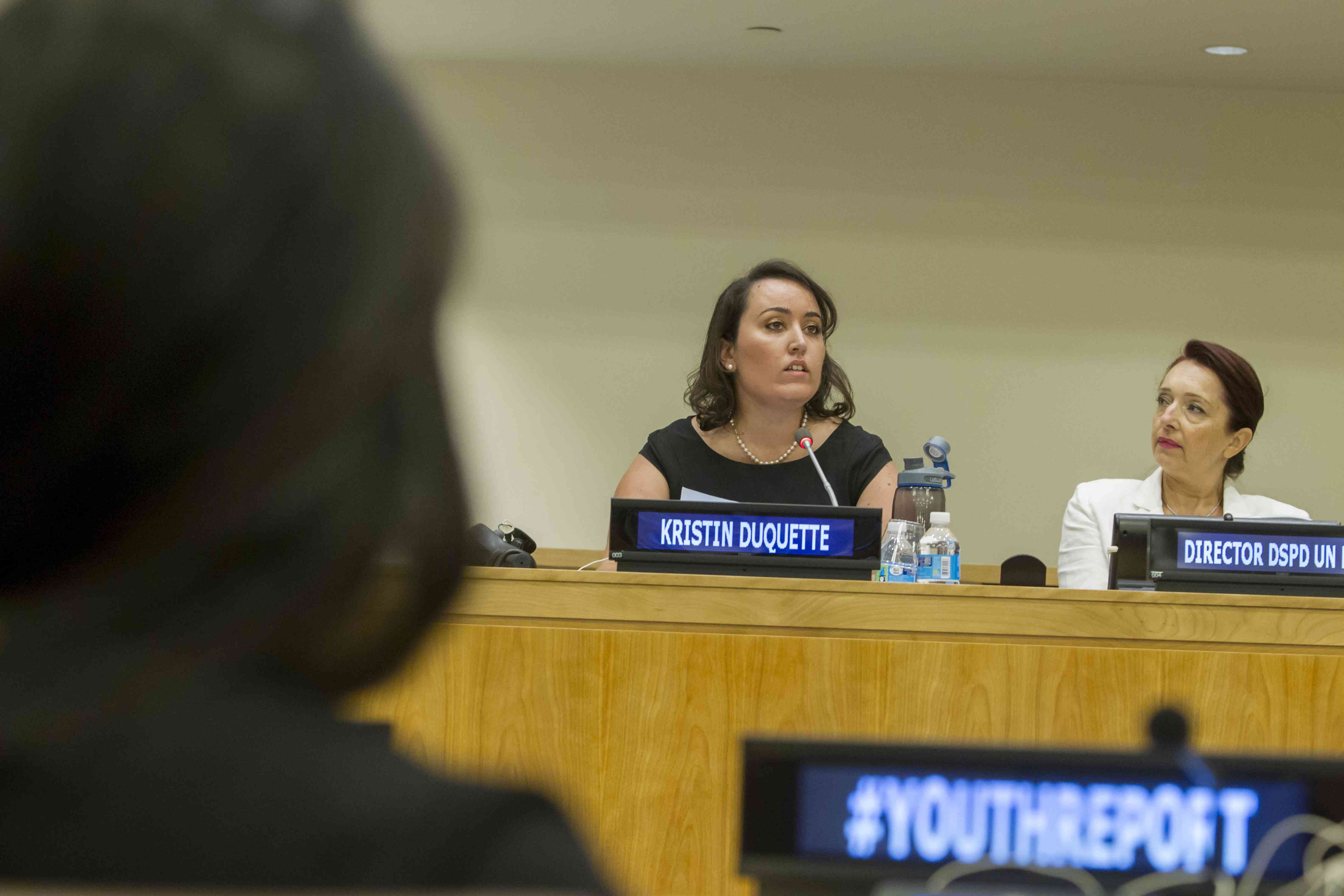A Day in a Wheelchair: Promoting Disability Rights as Human Rights
“You never really know a man until you understand things from his point of view, until you climb into his skin and walk around in it.” – Lee, Harper. To Kill a Mockingbird. J.B. Lippincott & Co., 1960
Disability is usually an out-of-sight-out-of-mind issue and can be an uncomfortable topic for many. The World Health Organization estimates that: “over a billion people live with some form of disability.” And as the rate of disability continues to increase, people with disabilities still experience barriers of social stigma and discrimination on a daily basis.
As a wheelchair user and college student, I became frustrated with how the general public perceived and treated people with disabilities. Frustrating encounters included: the constant staring, social exclusion because of stairs or lack of accessibility to the “elephant” or disability in the room that many people were afraid to discuss despite me initiating the topic. With this in mind and these common occurrences that many people with disabilities experience, I realized the need to educate and connect all communities about disability through a human rights framework.
In 2011, I founded a program called A Day in a Wheelchair on Trinity College’s campus in order to promote that people with disabilities are first and foremost people. The person is not disabled. Despite apparent limitations, let me remind you that everyone has shortcomings. Society disables the person in the physical and social realm from infrastructure to social interactions. As the human world is a social world, the key to changing culture is social perception.
To that end, we can have protests, make legislation and create jobs. While these steps are important, they can lack efficiency in their promotion of empathy. People often sympathize with disabled individuals, but imagining oneself as disabled can be a challenge for able-bodied persons. A social shift needs to occur in connecting the able-bodied and disabled communities. Through a human rights perspective, once communities see each other as humans with potential, marginalized groups will no longer be seen for their differences, but rather their strengths.
A Day in a Wheelchair is a student-focused program that seeks to bridge the gap between sympathy and empathy, to redefine the personhood of people with physical disabilities, and promote a greater understanding that disability rights are human rights in an effort remove stigma from disability.
A Day in a Wheelchair places able-bodied students in chairs for 12 hour periods with the goal of promoting an empathetic understanding of disabled experiences. Combining the wheelchair experience with film and a structured discussion of disability rights, these students learn to act as ambassadors to the campus community and help promote a culture of understanding around disabilities through a critical human rights lens.
I believe that A Day in a Wheelchair positively changes disability stereotypes and continues to make an impact with college students. The program is unique in its mission as we incorporate participants’ experiences through film and open campus discussions. As stated by a 2012 student participant: “I’m the same person in a wheelchair or not and I feel like that’s true for any disabled person.”
In 2014, Connecticut State Legislator Jason Rojas, President Jones of Trinity College, the Dean of Faculty, three university staff members, and 27 students participated in our program. And in our second year of running, Dr. Spezialetti, Trinity Film and Computer Science Professor, had her students film the event, ask questions to participants, and create their own videos now uploaded on YouTube. In participating and following our efforts, President Jones stated: “this [A Day in a Wheelchair] is a prime example on how dedicated students can make a difference in our small corner of our world.”
Society needs to realize that people with disabilities are people. As stated by disability expert Eli Wolff of the Institute for Human Centered Design and University of Illinois: “A Day in a Wheelchair has the power to change the general perception and understanding of disability and should be implemented on all college campuses across the United States.”
A Day in a Wheelchair continues to change disability stereotypes and actions on a college grassroots level. But this isn’t just a social issue on a grassroots level; this is a social issue on a global level. My hope is for the world to realize that we are all interdependent. We are all more alike than different. We are all more interconnected than separated. And more importantly, we all have the power to bridge what divides us.
Read Kristin Duquette’s guide for how to host “A Day in a Wheelchair” event on your campus here.




